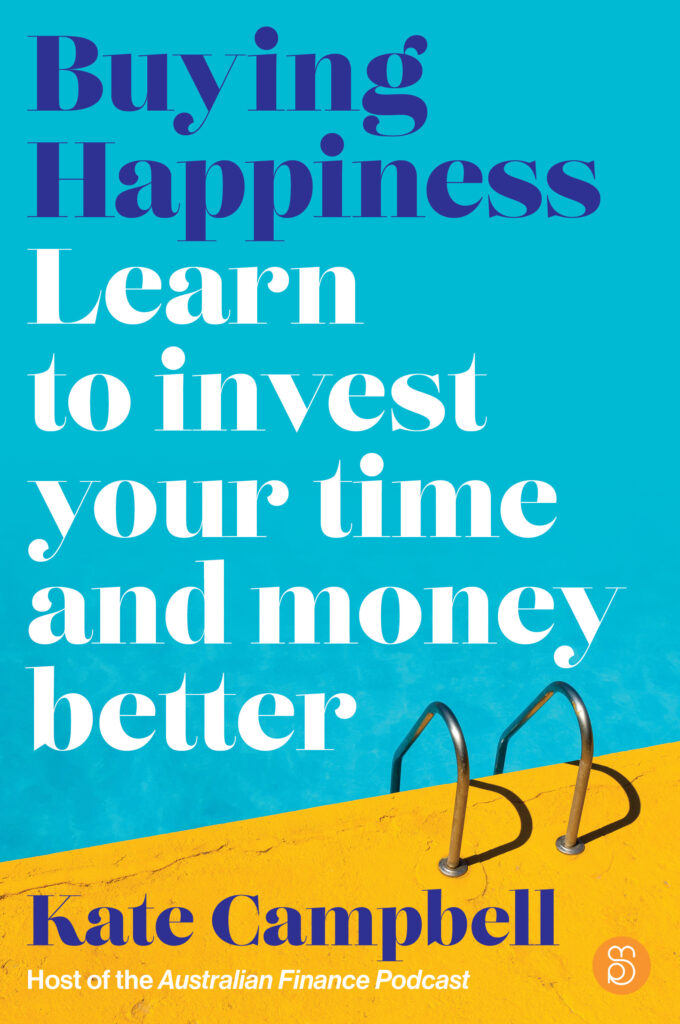
Risk, Return and Diversification
Laura Higgins from ASIC’s MoneySmart Australia recently spoke to ABC Breakfast, and highlighted that ‘85% of women under 35 don’t understand the fundamental investment concepts like risk and return or diversification’.
Risk, return and diversification are definitely topics that we are interested in here at How To Money, and we’d love to dive deeper and explore each of these concepts. From my experience, this is not something covered in high school and only covered in specific tertiary education courses, so it is understandably not something that comes naturally to people.
Let’s get started with risk and return (from an investment perspective)…
Risk is the possibility that your investment won’t give you the outcome you were looking for. Return on the other hand is the money you gain or lose on an investment. The potential of a higher investment return usually correlates with a higher risk. ASIC offers a great guide on understanding your investment risk tolerance level, and I’d highly recommend having a read!
We tie a lot of emotions to our money and investment decisions, so it’s really important to consider our risk tolerance before making investment decisions.
Investing is a great way to grow your money, but it is definitely not a risk-free strategy. Now some investments are of a lower risk, such as a term deposit at an Authorised Deposit-taking Institutions (ADI’s), but that offers a lower return than many other investment choices. In a standard term deposit, you know exactly what your return will be (e.g. 2.50% p.a. for 6 months) and when your capital will mature (e.g. 6 months).
Higher risk investments can come with the potential for higher returns, but also come with tradeoffs such a the potential for loss of capital and much more volatile returns. Some example of higher risk investments are shares, ETFs, managed funds, cryptocurrencies, currencies, futures, options…and the list goes on. Essentially any investment that does not guarantee a return of your capital can be considered a higher risk investment.
There are definitely things that investors can do to manage and mitigate their investment risks and they’re worth looking into such as; increasing their risk tolerance, diversifying their investment portfolio, increasing their knowledge of the markets and products and planning to invest with a longer time frame in order to ride out market downturns.
Now let’s check out diversification…
At its core, diversification is the practice of ‘not putting all of your eggs in one basket’ — a very old saying, but one that has held true throughout time. When you diversify your investment portfolio, you ensure that your money is spread across a range of investments. This means that your entire portfolio is not solely invested in a single company or through a single managed fund or through a single provider — rather a broad mix of shares, funds and providers.
Occasionally you hear on the news that someone has poured their entire life savings into a particular investment because of the promise of low risks and high returns, and has lost everything. Please don’t be that person that loses everything because you put all of your eggs in one basket.
A healthy degree of skepticism is always worth employing when it comes to investments, because at the end of the day it’s your money on the line.
Having a diversified portfolio reduces your overall investment risk, and it also means that if one of your investments goes wrong, you will not lose all of your capital. Sometimes your investments will fail, but if you’ve diversified your portfolio well — you’ll limit your exposure to the loss.
If you’re interested in learning more about money and personal finance, catch us weekly on the How To Money podcast which you can find on iTunes, or via the online web-player.
Follow us on Twitter @HowToMoneyAUS, on Medium at How To MoneyAustralia or on our podcast over on iTunes.
If you have any questions or comments please leave them in the comments below!
Kate — HTM Founder and Editor
Kate is the founder and editor of the How To Money (HTM) platform. Kate created HTM to help young Australians start talking about personal finance, and share the resources she finds along her financial education journey. Kate started her own journey a few years back, and now works in the finance industry.
Important Information
The information on this blog and website is of a general and educational nature only. It does not take into account your individual financial situation, objectives or needs. You should consider your own financial position and requirements before making a decision, as we are not an advisory service. We recommend you consult a licensed financial adviser in order to assist you. The information is based on assumptions or market conditions which can change without notice, and this will impact the accuracy of the information provided. This website and blog occasionally provides links to third party sites, aimed at helping you gather the information required to make an informed decision — we may receive payment for these referrals.






